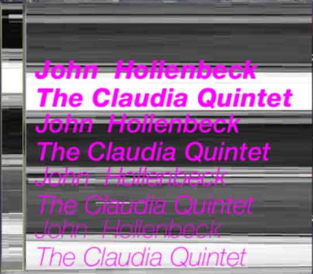Ahmad Jamal, 'In Search of Momentum' (2003)
At the end of Playing Changes is a list: The 129 Essential Albums of the Twenty-First Century (So Far). I organized these by year, and then alphabetically by artist name. I'll be running them down here, in that order. (No one appears more than once as a leader, though there’s ample overlap in personnel.)
Ahmad Jamal might seem, at first glance, like an odd figure to celebrate when talking about jazz in our time. He began releasing albums as a leader in the early 1950s, and those recordings — none more celebrated than At the Pershing: But Not For Me, from '58 — embody an epitome of midcentury American cool. Miles Davis instructed his pianists, notably Red Garland, to emulate Jamal. His elegant use of space in the music was a major influence in the postwar era.
You probably know all of that already. But it's possible that you have overlooked the extent to which Jamal remained a vital force into the 2000s and beyond. Just last year he released a concert album, Marseille, that seemed to defy time and all logic. He turns 88 this summer, and shows few signs of slowing down.
In Search of Momentum, released in 2003, was the first great album Jamal released in this century. I do mean "great," in that it's a glorious illustration of Jamal's late style, in a trio that features James Cammack on bass and the incomparable Idris Muhammad on drums. (Cammack is still a member of Jamal's crew; Muhammad died in 2014.)
Ben Ratliff was reviewing another Jamal album from this period when he wrote the following, worth citing here nonetheless: "Jamal likes to play gentle, perfumed melodies as single notes in the high register of the keyboard. But then he balances them with darker, authoritative ringing tones from the lower end; he drawls and withdraws almost to the point of disappearing, then returns like a bulldozer, playing in a jacked-up, dislocating style. His music can be pushy and imperious, and he doesn't parse down to a recognizable aesthetic profile."
You'll get a sense of that in this version of "Where Are You," a songbook standard. Jamal arranges the tune in a jaunty two-step, but his moves from moment to moment are unpredictable; he sounds very much like a master improviser who knows his lane, but refuses to succumb to any form of complacency.
Purchase In Search of Momentum at Amazon, or stream it on Apple Music or Spotify.




















